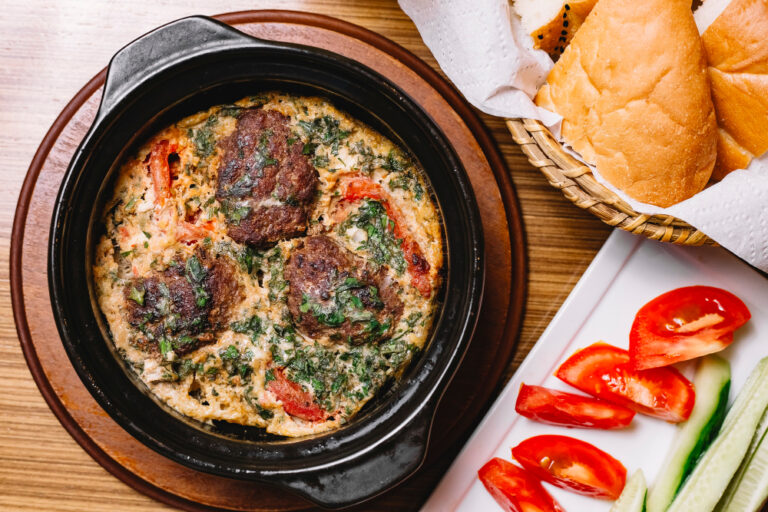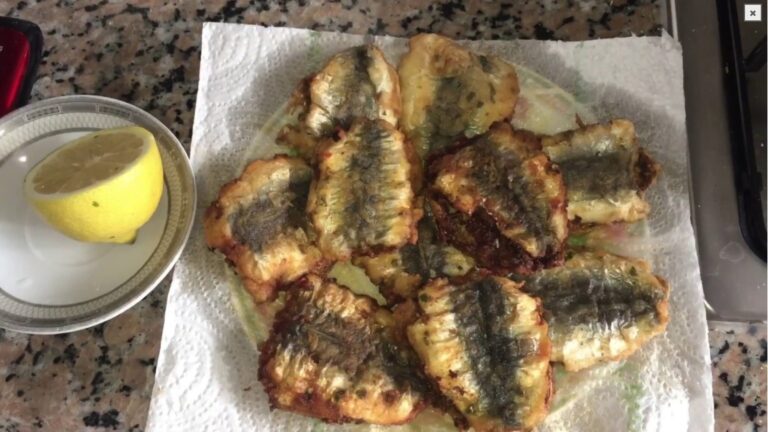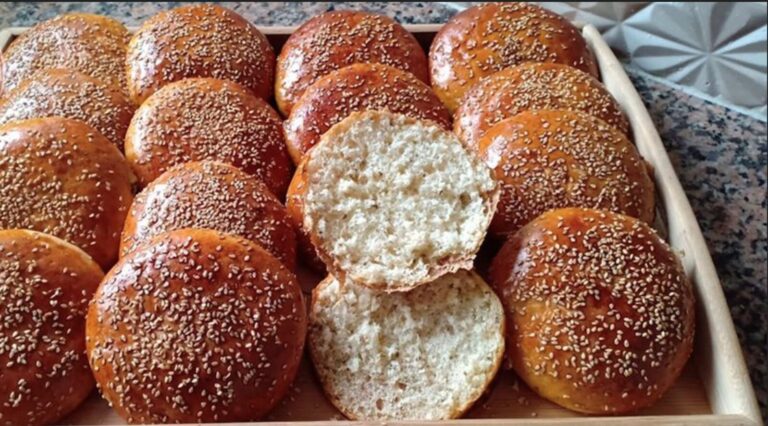
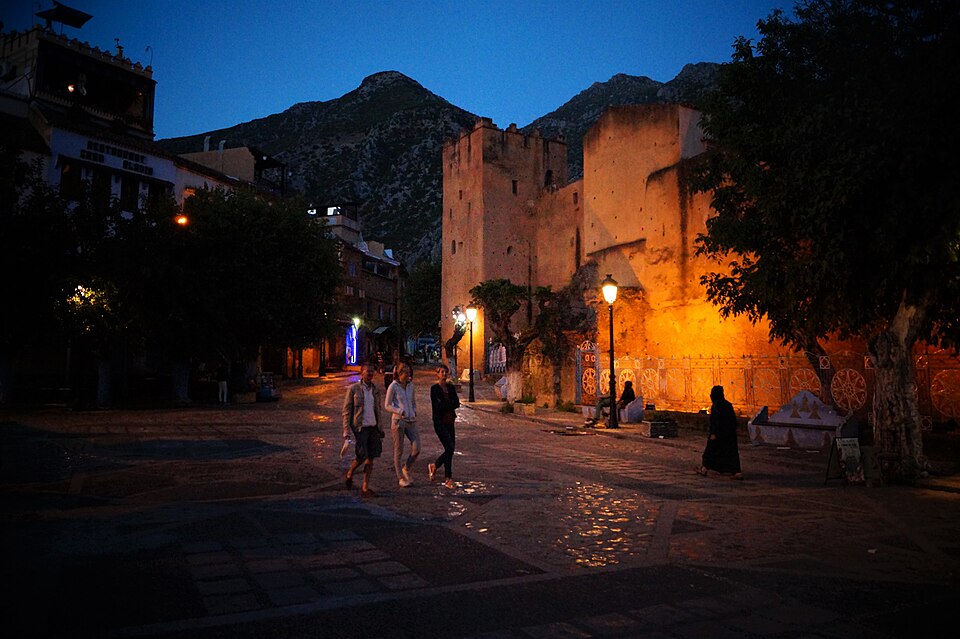
Hidden among the dazzling blue alleys of northern Morocco lies one of the country’s most enchanting landmarks — the Kasbah of Chefchaouen – the historic heart of the Blue City. This fortress, with its earthy red walls contrasting beautifully against the town’s iconic indigo tones, is more than a tourist attraction. It’s a living monument that tells stories of protection, power, and peace.
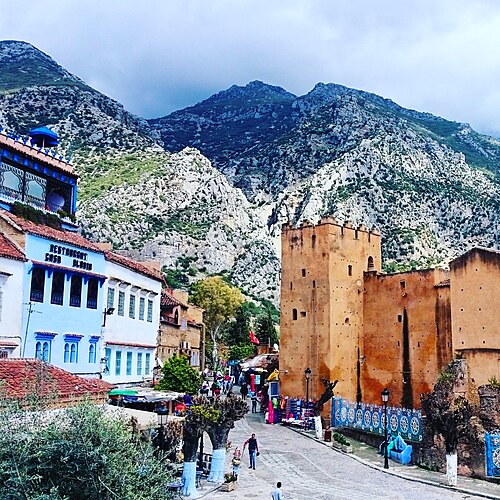
For travelers drawn to the mystique of Chefchaouen, visiting the Kasbah is a must. Whether you’re a history lover, an architecture admirer, or a seeker of serenity, the Kasbah offers a unique glimpse into the city’s Andalusian roots and spiritual soul.
The Origins and Significance of the Kasbah of Chefchaouen
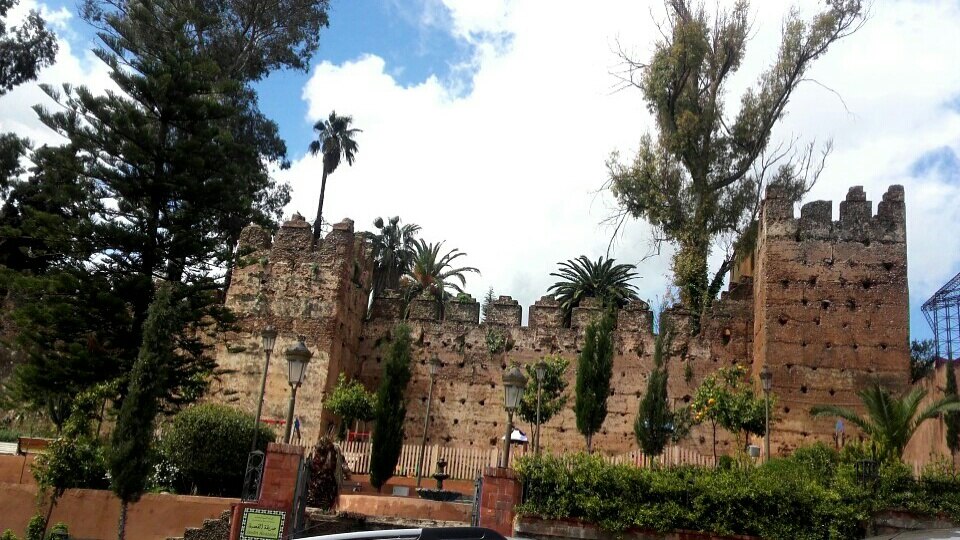
Located in the main square, Plaza Uta el-Hammam, the Kasbah of Chefchaouen dates back to the 15th century, founded by Moulay Ali Ben Rachid—the same visionary who established the city itself. Its purpose was both defensive and spiritual: to protect the town from Portuguese invasions while nurturing a peaceful haven for Andalusian refugees fleeing Spain.
The Kasbah’s architecture reflects Andalusian and Moroccan styles, featuring thick clay walls, small towers, and a tranquil interior garden. Within its fortified walls, visitors will find:
- The Ethnographic Museum, showcasing traditional garments, musical instruments, and artifacts from the Rif region.
- The Tower, offering panoramic views of Chefchaouen’s mesmerizing blue maze.
- The Andalusian Garden, filled with orange trees, fountains, and birdsong—a soothing contrast to the bustling souks outside.
Today, the Kasbah stands as a symbol of Chefchaouen’s cultural fusion, where Moroccan, Berber, and Andalusian influences intertwine.
(Read more about Chefchaouen on Wikipedia)
Exploring the Soul of the Blue City
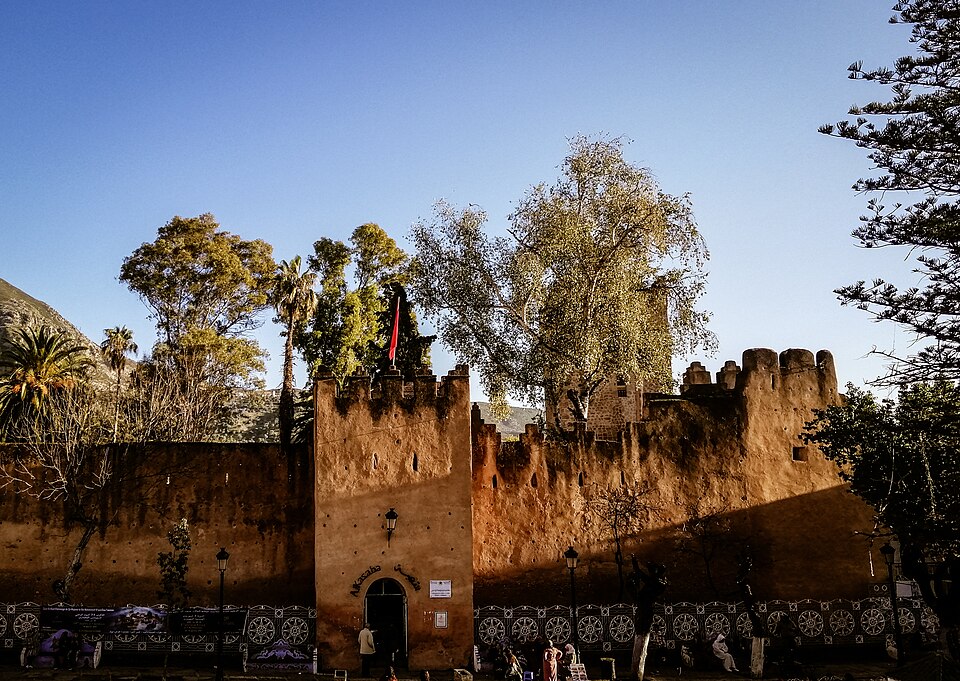
The Plaza Uta el-Hammam: The Heartbeat of Chefchaouen
Just outside the Kasbah’s gates lies Plaza Uta el-Hammam, the central square where locals and travelers gather. Surrounded by cafés and restaurants serving steaming mint tea and tagine, it’s the perfect spot to sit back and admire the contrast of red Kasbah walls against blue buildings.
At sunset, the square glows with golden light, musicians play soft Andalusian melodies, and the distant call to prayer echoes from the Grand Mosque—a timeless moment in Morocco’s northern gem.
(You can also explore more about Moroccan culture here).
The Kasbah Museum
Inside the Kasbah, the Ethnographic Museum displays a fascinating collection of artifacts that capture the city’s heritage. Handwoven textiles, pottery, and ancient weapons tell tales of resilience and creativity. Don’t miss the photographs of old Chefchaouen, showing how this peaceful city evolved through centuries without losing its blue magic.
The Gardens and the Tower
One of the most serene parts of the Kasbah is its Andalusian garden, a quiet oasis where the scent of orange blossoms fills the air. It’s a peaceful retreat perfect for travelers seeking a moment of reflection.
Climbing the main tower rewards visitors with panoramic views of Chefchaouen — a breathtaking sea of blues blending with the Rif Mountains.
Travel Tips and Cultural Insights
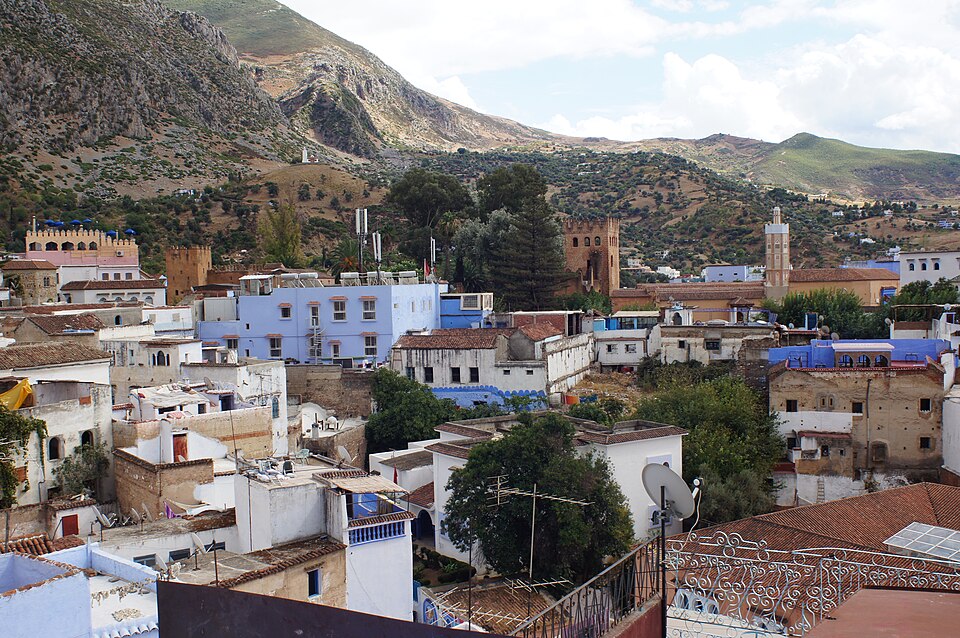
When to Visit
The best time to visit the Kasbah of Chefchaouen is during spring (March–May) or autumn (September–November) when the weather is mild and the town glows under soft sunlight. Early morning visits are perfect for photographers who want to capture the blue hues without the crowds.
Entrance Fee & Opening Hours
The Kasbah is open daily, usually from 9:00 a.m. to 6:00 p.m., with an entrance fee of around 10–20 MAD (1–2 USD).
Dress Code & Etiquette
While Chefchaouen is relaxed and welcoming, it’s respectful to dress modestly, especially inside historical and religious sites. Women may consider covering shoulders and knees.
Local Insight
Try visiting on a Monday or Thursday, the city’s traditional market days. The nearby souks burst with colors, from handwoven rugs to natural pigments that inspire the city’s famous blues.
Real Traveler Experiences
Many travelers describe their visit to the Kasbah as a step back in time. Standing atop its tower, they feel connected to the generations who once watched over the valley below.
“The view from the Kasbah tower was like stepping into a dream,” says Sophie M., a traveler from France. “You see not just buildings, but shades of peace, hope, and history.”
Others mention the tranquil gardens, where the gentle sound of water and the scent of citrus offer a welcome escape from the bustling medina.
Travel photographers often say the Kasbah provides some of the best photo angles in Chefchaouen—from its red-orange towers to the vibrant blue streets beyond.
Future Recommendations & Seasonal Insights
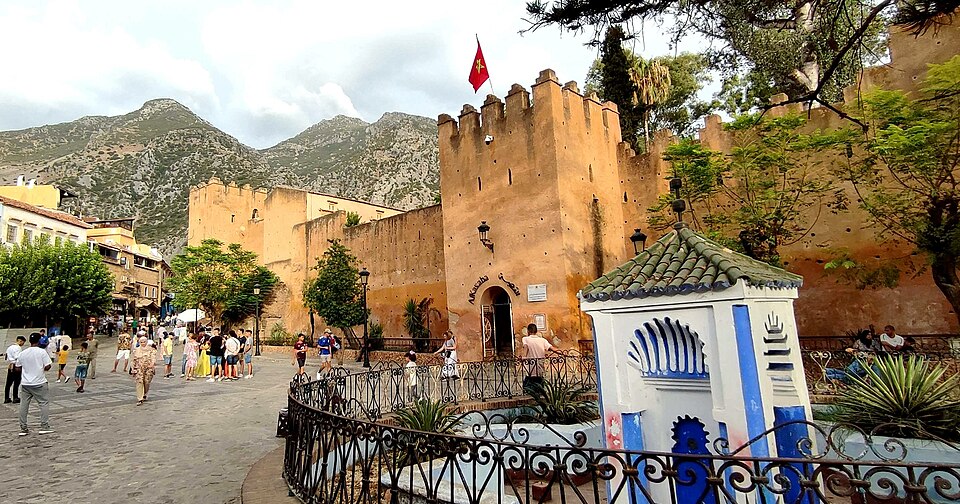
Chefchaouen continues to grow as one of Morocco’s most beloved destinations, but it’s still far less crowded than cities like Marrakech or Fes. The Kasbah, in particular, maintains its peaceful charm year-round.
If you visit during the Chefchaouen Music Festival (July), the Kasbah becomes a stage for traditional and Andalusian performances—turning the old fortress into a living museum of Moroccan rhythm and art.
Future visitors should also consider combining their Kasbah exploration with a hike in the Talassemtane National Park, located just beyond the city—a paradise of waterfalls, pine forests, and mountain trails.
FAQ: Visiting the Kasbah of Chefchaouen
What is the Kasbah of Chefchaouen?
The Kasbah of Chefchaouen is a 15th-century fortress built to defend the Blue City. It houses a museum, gardens, and a tower offering panoramic views of the medina.
How much does it cost to visit the Kasbah?
Entrance typically costs between 10 and 20 Moroccan dirhams (1–2 USD).
Where is the Kasbah located?
It’s situated in Plaza Uta el-Hammam, the central square of Chefchaouen’s medina.
Is photography allowed?
Yes! Photography is allowed throughout the Kasbah, and the tower provides one of the most beautiful views in northern Morocco.
How much time do I need to explore it?
Most visitors spend 30–60 minutes exploring the museum, gardens, and tower, but you could easily linger longer to enjoy the peaceful setting.
Conclusion
The Kasbah of Chefchaouen – the historic heart of the Blue City – is not just an architectural treasure; it’s a living memory of Morocco’s blend of cultures and histories. Behind its humble earthen walls lies the essence of Chefchaouen itself: peaceful, spiritual, and endlessly photogenic.
Whether you’re gazing from its tower, wandering its gardens, or sipping tea in the nearby square, the Kasbah invites you to slow down, breathe in the blue, and feel the timeless rhythm of Morocco’s mountain soul.
Ready to plan your trip? Discover more stories and travel inspiration about Morocco on skiesofmorocco — your guide to exploring the kingdom of light and color.

